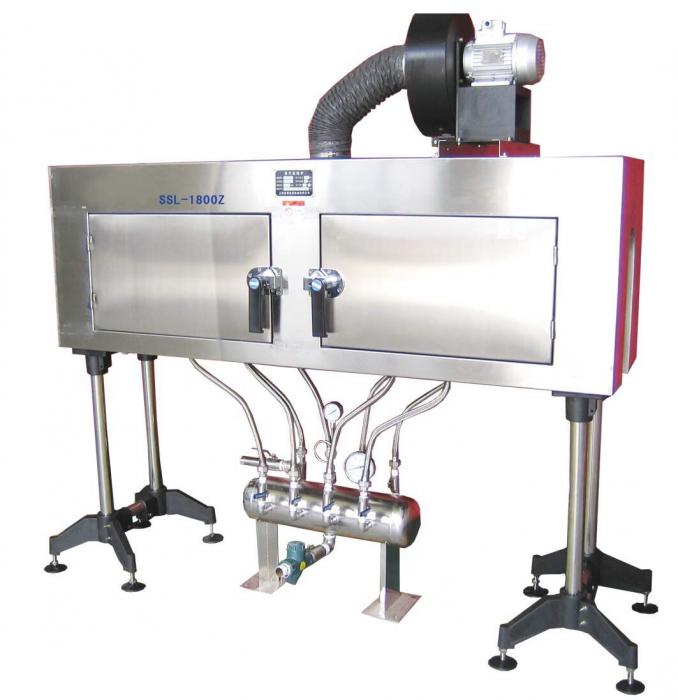The rise of shrinkage labeling technology

Contraction labeling is becoming increasingly popular, and it is growing rapidly with a double-digit percentage per year.The reason for achieving such results, at least from two reasons.First, shrink the label can take full advantage of the entire container surface, for the image and information reproduction and communication play a very good role.On the other hand, the container itself can also be made into a variety of unique shapes, not subject to the subsequent restrictions on how to mark, which can greatly enhance the packaging products shelf attractive.
However, it is precisely because of these special shapes, the label material and its printing ink put forward higher requirements and challenges.In addition to dealing with the adhesion of nonporous film materials,shrink the label printing ink but also to cope with other factors in order to make it better development.These include deformation (scratches, delamination, etc.), paste plates, low COF (coefficient of friction), and low odor for food and beverage packaging.And these requirements also contributed to the further development of printed materials and inks.
Suitable for specific materials
In terms of materials, PVC, PETG and OPS occupy the majority of the market for shrink labels.According to Manuet Rivas, Technical Director, PPL Division, Siegwerk,among them, the first two accounted for 90% to 95% of the market share.Since each film has its own surface properties, Rivas emphasizes that each film requires a specific ink composition to achieve the appropriate properties.
In order to meet the changing needs, Siegwerk offers solvent-based inks designed specifically for each shrinkage material and printing process.In addition, flexible printers with water-based inks can use their CWS-2100 series of inks on corona-treated PVC and PETG films, while SICURA series of inks meet UV printing requirements.

